Star Cactus Care Guide: Growing this Endangered Beauty at Home
Hey there, plant lovers! Today we’re diving into everything you need to know about the fascinating Star Cactus (Astrophytum asterias).
I’ve been growing these little gems for over a decade, and let me tell you – they’re absolutely worth the extra care they need.
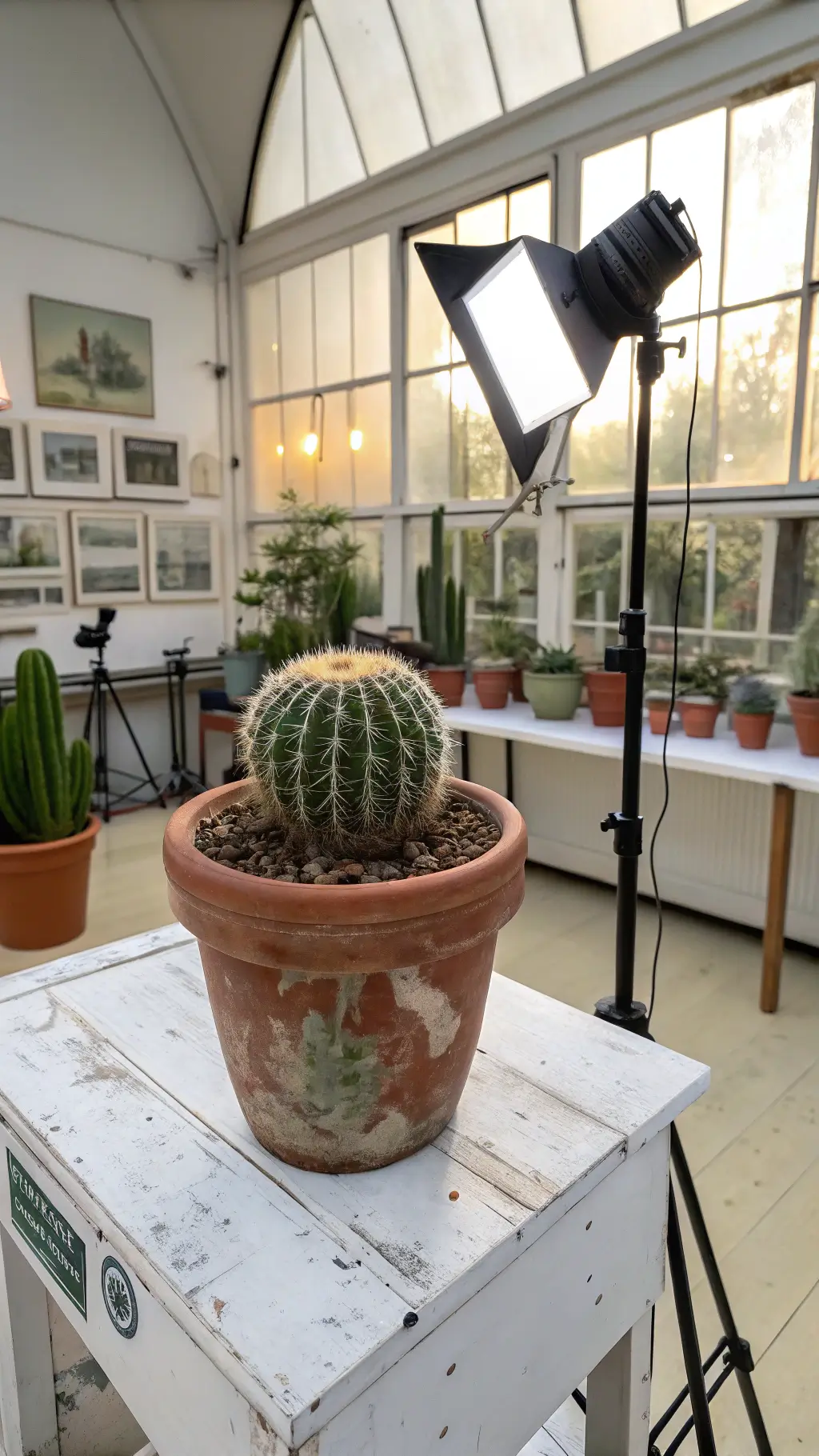
Why You’ll Love Star Cactus
This isn’t your ordinary spiky desert plant. The Star Cactus is like the supermodel of the succulent world:
- Perfectly round shape like a button
- Stunning white speckles across its surface
- Zero spines (yes, a friendly cactus!)
- Show-stopping yellow flowers with dramatic red centers

The Secret to Happy Star Cactus Growing
Listen up, because this is where most folks go wrong. These babies need:
Perfect Soil Mix:
- 50% mineral grit (pumice or perlite)
- 30% cactus soil
- 20% coarse sand
Light Requirements:
- Bright, indirect light (morning sun is best)
- Protection from harsh afternoon rays
- Gradual sun exposure to prevent scorching
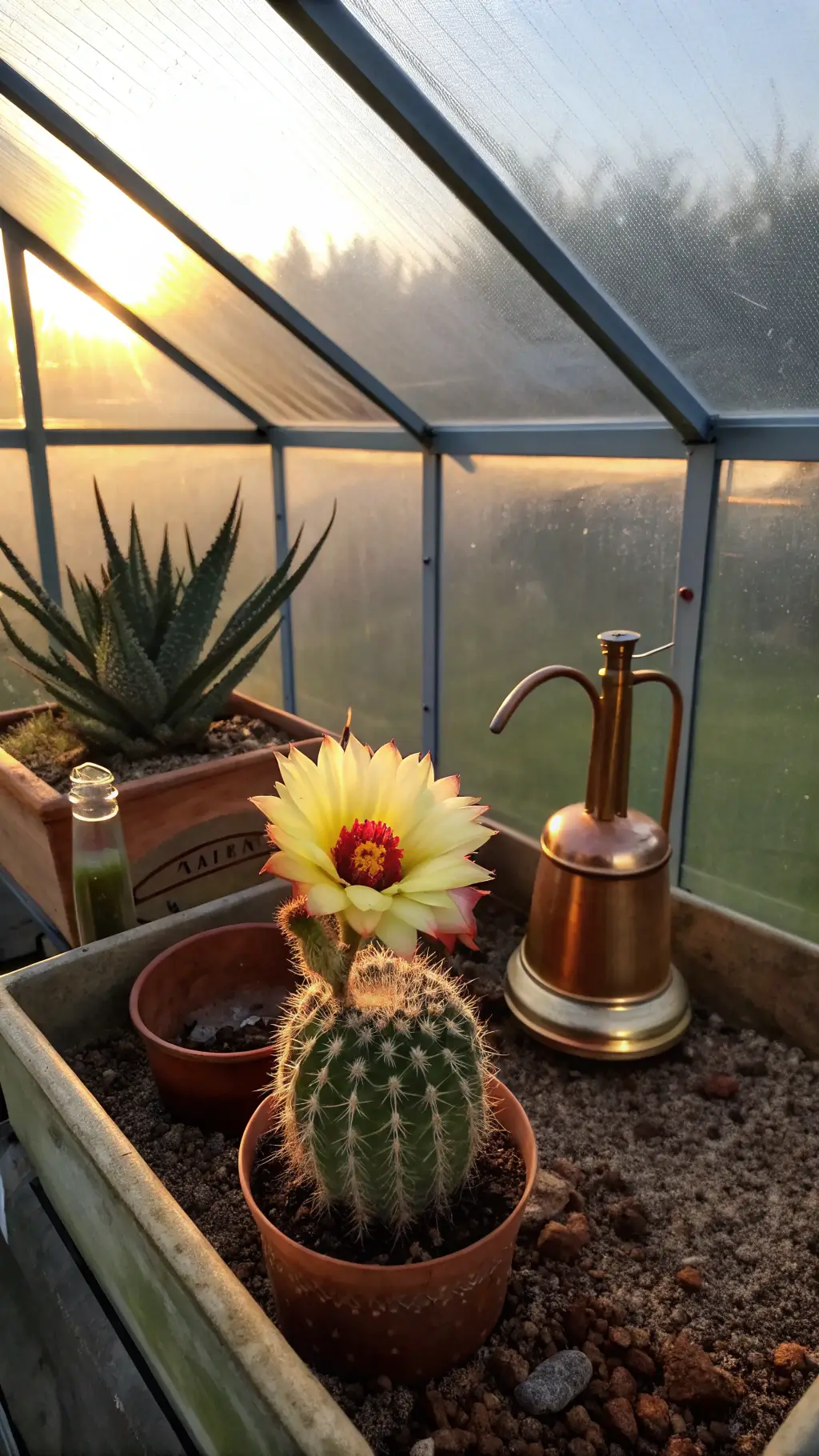
Watering (The Make-or-Break Factor):
- Let soil dry completely between waterings
- Reduce water significantly in winter
- Never let water sit on the plant’s crown
Temperature Sweet Spot:
- Daytime: 70-80°F (21-27°C)
- Night: No lower than 50°F (10°C)
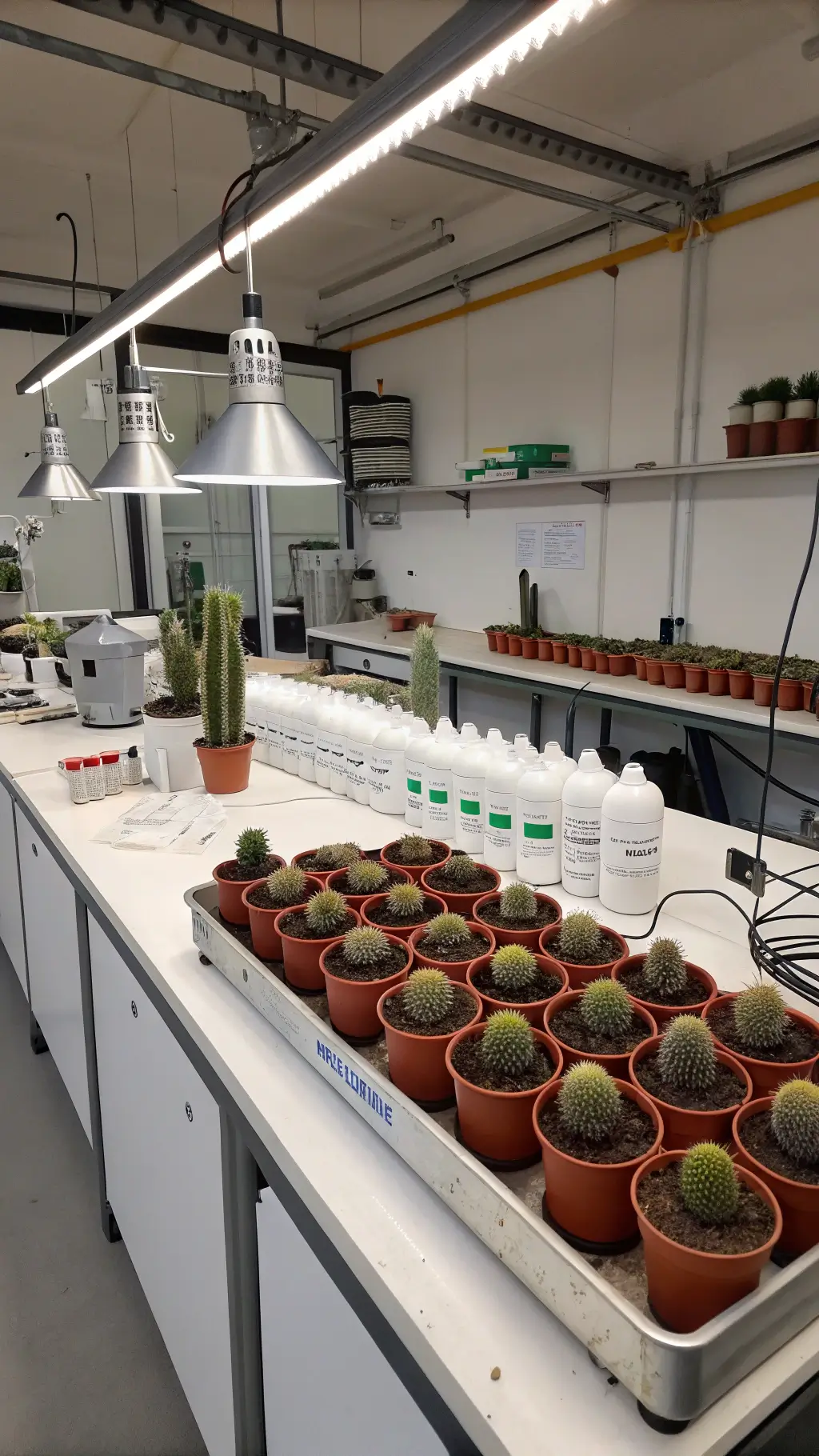
Troubleshooting Common Issues
Is your Star Cactus looking sad? Here’s what might be wrong:
- Yellowing: Usually overwatering. Stop watering immediately and check root health.
- Not flowering: Needs more light or hasn’t reached maturity (takes 4-5 years).
- Shriveling: Time for a drink! But check the roots aren’t rotted first.
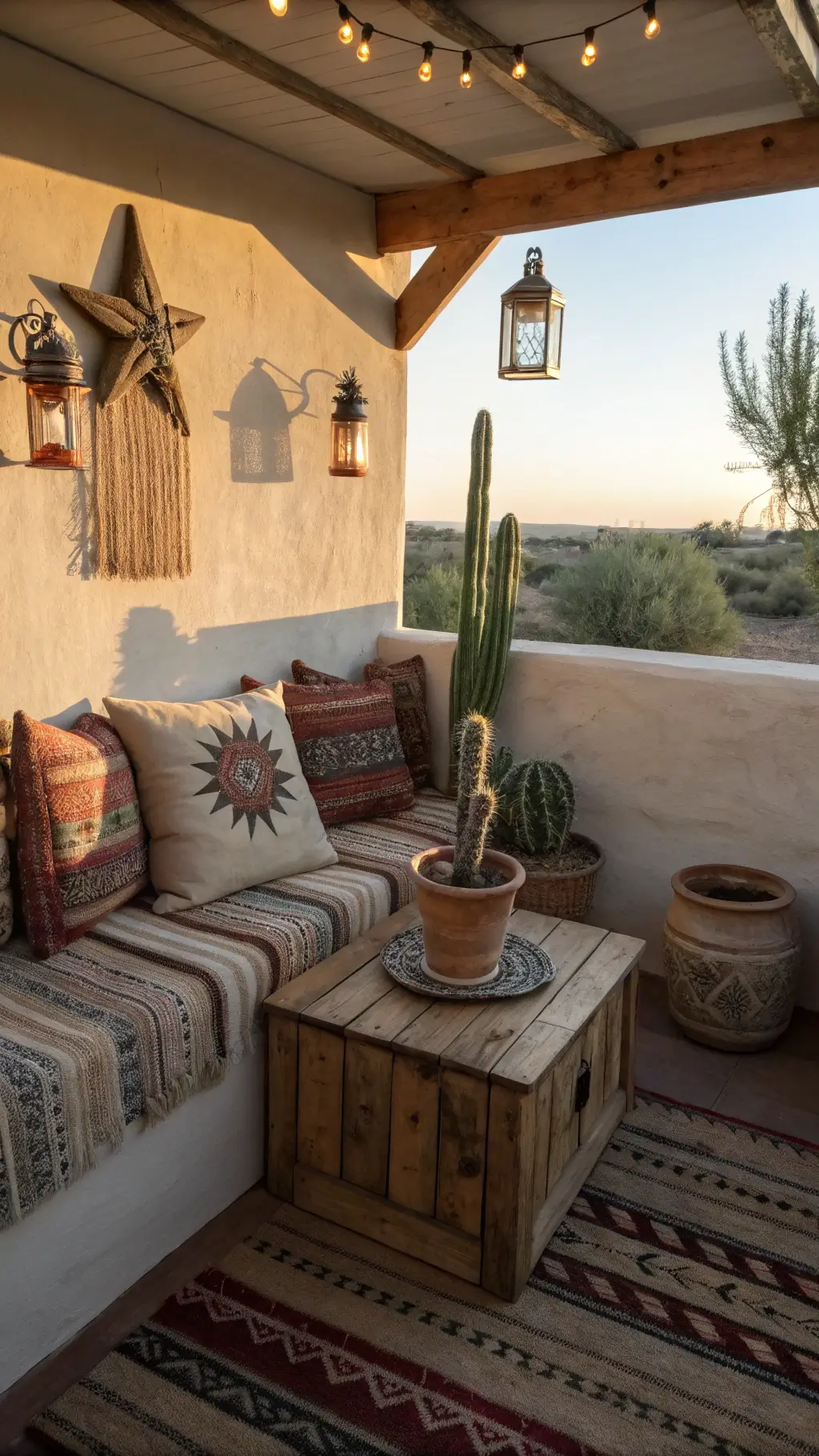
Pro Tips From My Experience
After killing my first Star Cactus (RIP little buddy), I learned these crucial lessons:
- Never repot during winter dormancy
- Use terracotta pots exclusively – they prevent root rot
- Feed with diluted cactus fertilizer only during growing season
- Watch for signs of stress – they’re subtle but important
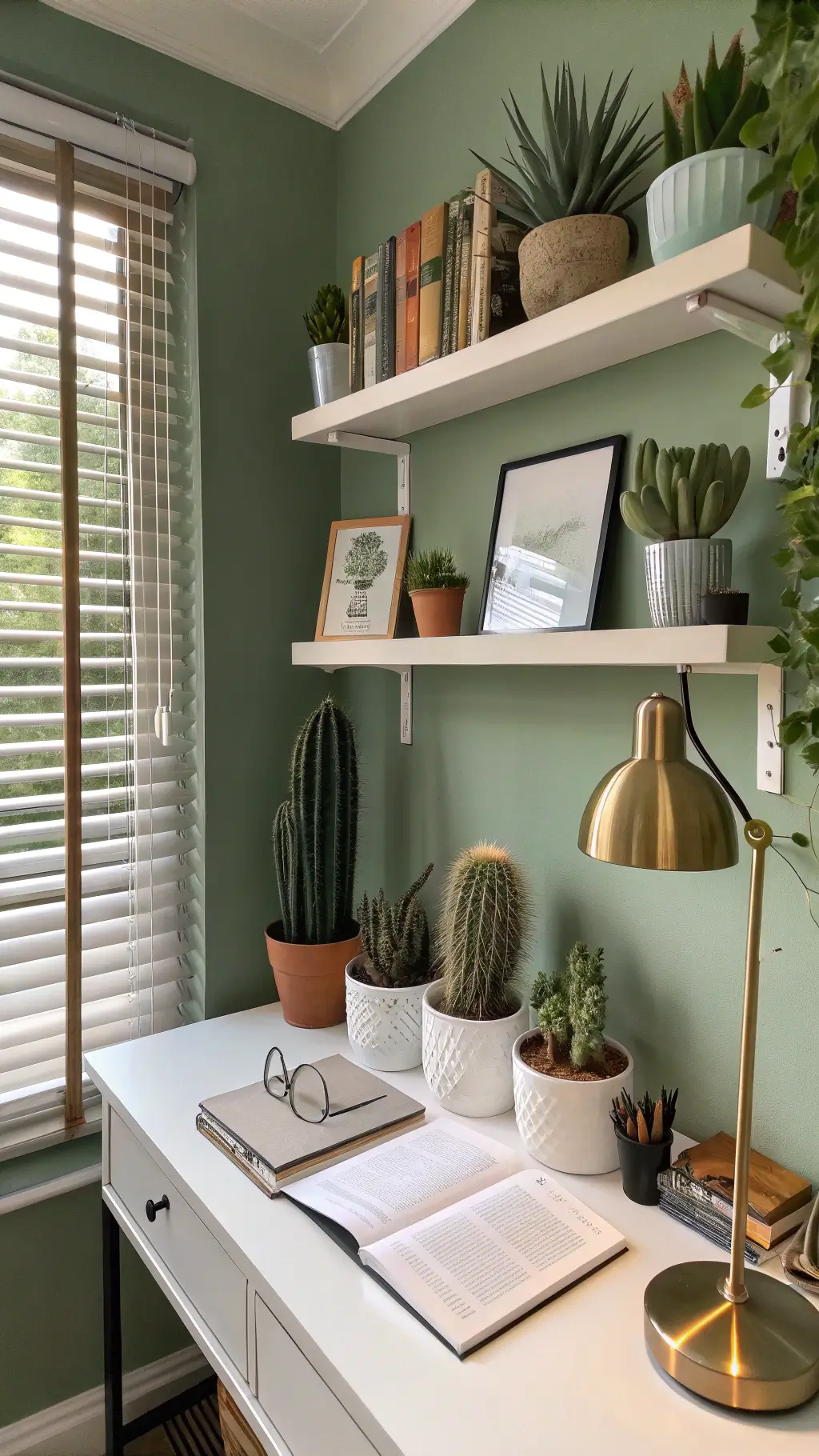
Remember: This beauty is endangered in the wild, so always buy from reputable sellers who propagate responsibly.
Whether you’re a seasoned cactus collector or just starting out, the Star Cactus will teach you patience and reward you with its unique charm. Just don’t expect overnight success – these slowpokes take their sweet time growing!
